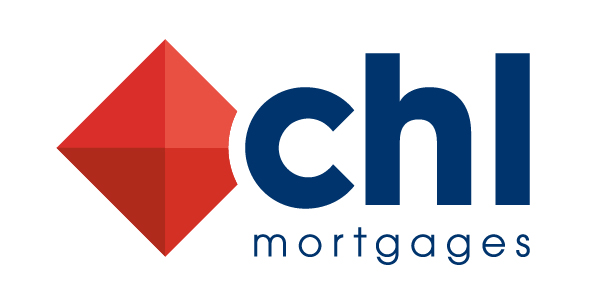A number of worldwide events have really sharpened many people’s outlooks and interest in the economic plight of the UK and on a worldwide scale. This is especially apparent with the scars from the pandemic living long in the memory and in the pocket of a vast number of people.
This is also a period which concentrated the minds of many landlords. A major positive arising from this were the positive stories which emerged around the empathy being shown by various landlords towards their tenants during these challenging times and the subsequent strengthening of these relationships. Professional standards also appear to have improved across the board which has resulted in an increased focus on longer term tenancies and improving the quality of rental properties to attract such tenants.
In addition, we have seen a greater number of professional landlords rise to the fore when it comes to seizing opportunities and really taking stock of individual properties within their portfolios and the structure of these portfolios. Within this, there has been a well-documented flight to limited company offering – a webinar poll conducted by CHL Mortgages back in December suggested that an overwhelming 96% of brokers expect to write more limited company business in 2022 – and a growing trend towards House in Multiple Occupation (HMO) as we emerge from the pandemic.
HMOs have long been a popular option for more experienced and hands-on landlords who are comfortable managing the extra challenges that can arise from this particular property type. By this I mean having separate contracts for each tenant, as well as finding new tenants more often and dealing with individual issues which can prove to be time consuming for those dealing with this themselves, or a little more expensive if a management company is doing so on their behalf.
From a tenant perspective, historically speaking, HMOs tend to attract a student population and young professionals who are looking for affordable accommodation close to campuses, places of work and/or good transport options. Of course, the pandemic affected the demand for student housing and urban living as office life closed for prolonged periods. However, whilst remote working options remain for some, we are seeing a return to these urban areas from young professionals who are looking to get back to a ‘normal’ working and social life where possible.
Moving forward, HMOs will provide more affordable housing options for more people and, in light of rising living costs and soaring inflation (the Bank of England has recently revised its forecast to suggest inflation will see a 10% rise by the end of the year, up from 7%), such properties are likely to grow in popularity over the course of 2022 and beyond. As such, here at CHL Mortgages, we recently moved further into the complex multi-unit/tenanted buy-to-let market by launching a new product range for large HMOs and multi-unit freehold blocks (MUFBs), designed to cater for properties with 7 to 10 bedroom/units.
As always, such a decision came on the back of extensive research, testing and feedback to provide our intermediary partners with options to meet increasing demand for these property types which continue to generate high yields and meet ever-shifting landlord and tenant needs. As landlords look to diversify further in a bid to maximise yield and minimise risk, the appeal of HMOs is likely to further intensify and become an even more critical component within a professional landlords portfolio. Thankfully, the specialist BTL market continues to deliver a range of solutions to meet these demands in a competitive and responsible manner. And long may this continue.
- Andy Valvona, National Account Manager



